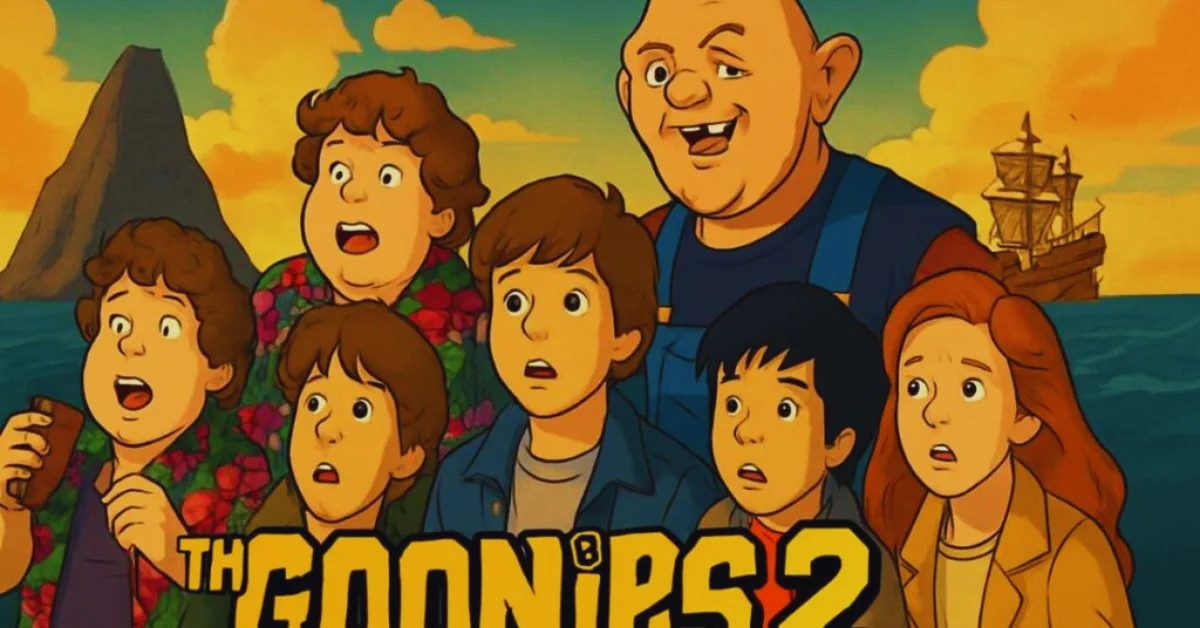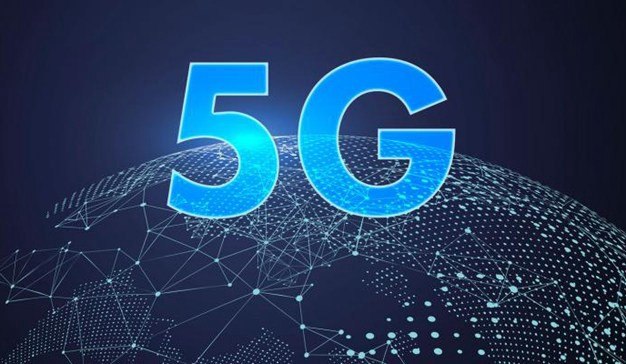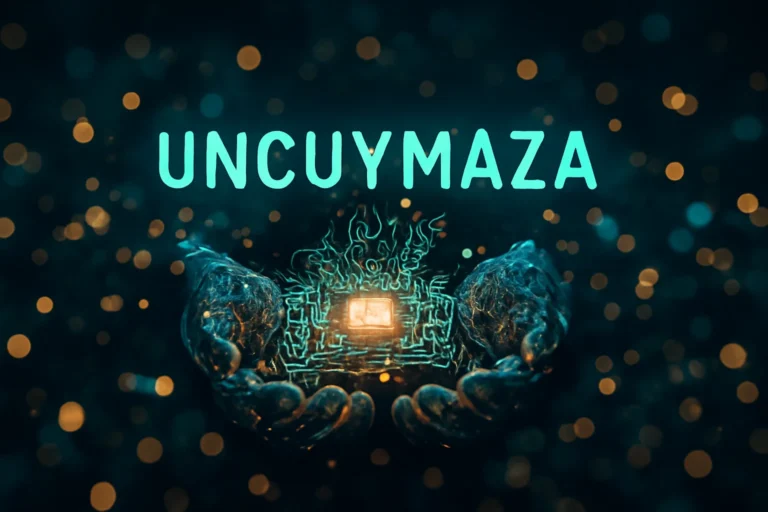Goonierne 2: Pushing the Boundaries of Narrative Agency in Games
Goonierne 2 has quickly evolved into one of the most talked-about titles in the indie gaming community, sparking curiosity, obsession, and endless discussion among fans. More than a sequel, it’s an immersive storytelling experiment that blends exploration, mystery, collaborative discovery, and emotional depth. This isn’t just a game you play alone—it’s a shared experience shaped by the community, where every player contributes to the expanding universe. If you’re wondering why goonierne 2 is being hailed as a groundbreaking creative movement, here’s the ultimate guide.
What Makes Goonierne 2 So Captivating?
Goonierne 2 builds on the heart of the first title while reshaping how players interact with a game world. Rather than following a strict storyline, players step into a surreal pixel-crafted universe filled with cryptic messages, layered lore, evolving quests, and hidden paths unlocked through collective discovery. The emotional tone shifts from whimsical to eerie as players uncover secrets that feel deeply personal yet universally connected.
The game doesn’t hand you answers—you earn them with curiosity, observation, and collaboration, making every breakthrough feel shared, meaningful, and rewarding.
From Niche Indie Project to Cult-Like Following
The Origins of a Digital Myth
The original Goonierne gained modest attention, but its sequel exploded due to its unpredictable design and interconnected online presence. Early teasers hinted that goonierne 2 would blur the line between a traditional game and an Alternate Reality Game (ARG). That hint became the hook that pulled players in—and kept them invested.
While some describe it as a normal indie sequel, others insist it’s a layered ARG that extends beyond the screen through hidden websites, encoded messages, and real-world puzzles that fans solve collectively. Its origin and intent remain intentionally ambiguous, elevating its mystique.
Why Players Call It a “Shared Dream”
Goonierne 2 turns storytelling into a community activity. Players are invited not just to explore—but to interpret, discuss, and reshape the narrative together. The sense that everyone is uncovering one piece of a grand puzzle creates a shared-dream experience that’s rare in gaming today.
Core Ingredients of the Experience
A World Meant to Be Explored Slowly
The game thrives on curiosity. Every pixel can hide a clue, character dialogue contains layered meaning, and environments shift based on player actions or community progress. Exploration becomes both inward and outward—players examine the world and question their role within it.
Lore That Lives Beyond the Game
Fragments of lore appear in-game, across social channels, through developer cryptic posts, and even in fan-made expansions. It’s difficult to distinguish canon from theory—and that’s intentional. Goonierne 2 invites interpretation, not passive consumption.
H4: Hidden Themes Beneath the Surface
– identity and self-reflection
– collective consciousness vs individual experience
– memory, time, and perception
– the nature of storytelling itself
The deeper you go, the more the game feels like a commentary on how stories shape us—and how we shape them in return.
How the Community Shapes the Narrative
Goonierne 2 is a living world. Player discussions influence future updates, and fan-created lore often becomes integrated into community canon. This modular storytelling approach allows the narrative to expand organically, like a constantly evolving digital folklore.
Fan Roles That Create the Ecosystem
Players generally fall into three fluid roles:
Pilgrims
Explorers who play actively, uncovering new areas, clues, and story layers.
Scriptors
Archivists who record findings, compile lore, and link theories for everyone.
Observers
Analysts who watch streams, read theories, and contribute through interpretation rather than gameplay.
Each role contributes to the collective narrative, making every player valuable—regardless of skill level.
Visual Charm Rooted in Pixel Nostalgia
The pixel art style is more than aesthetic—it’s symbolic. It evokes nostalgia, suggesting simplicity, but hides complexity beneath its retro appearance. Each scene is crafted with detail that rewards slow, thoughtful exploration. The visuals create emotional beats just as powerful as the storytelling.
Exploration and Gameplay Style
Goonierne 2 is not about combat or speed; it’s a reflective adventure designed to be absorbed. Players wander through diverse, dreamlike biomes, interact with curious characters, decode puzzles, and collect fragmented memories that reveal deeper meanings over time.
It’s a meditative experience—part puzzle, part journey, part self-reflection.
ARG Elements That Deepen the Mystery
Goonierne 2 features meta-layers that extend outside the game:
– encrypted clues hidden in trailers and soundtracks
– mysterious files embedded in updates
– community puzzles requiring global collaboration
– external sites and social accounts that drop cryptic hints
This breadcrumb trail fuels theory-crafting, making discovery feel communal and thrilling.
Platforms and How to Play
Currently available on PC, with expansion to consoles rumored, goonierne 2 is accessible through digital download. Community hubs also provide optional add-ons, enhanced lore packs, and player-made mods that expand the universe further.
A lightweight version for mobile is being teased, potentially opening the door for portable exploration and cross-platform progression.
Why Goonierne 2 Matters in Indie Culture
Indie media thrives on innovation, and Goonierne 2 represents a shift toward collaborative storytelling in games. Its influence is already visible in new indie titles embracing community-created canon and “living narrative” game design.
The game also highlights how audiences today crave experiences over consumption. People don’t just want to play stories—they want to co-create them.
A Creative Experiment in Narrative Design
At its heart, goonierne 2 is a test in shared authorship. By giving players narrative agency, it challenges traditional game structure. The story doesn’t just unfold—it’s built, piece by piece, through collective imagination. This design is pushing gaming toward a future where creators and players share the storytelling stage.
Conclusion
Goonierne 2 is more than a sequel; it’s a cultural and creative movement reshaping how we experience games. Its poetic blend of nostalgia, mystery, collaborative storytelling, and emotional depth has fostered a passionate community that continues expanding the universe with every discovery.
Whether you want to explore, observe, theorize, or rewrite the rules of storytelling, Goonierne 2 gives you the space to do it. It isn’t just a world you enter—it’s one you help create. And that is why it stands apart as one of the most meaningful indie experiences of this generation.
FAQs About Goonierne 2
1. What is Goonierne 2 about?
Goonierne 2 is an indie narrative-driven exploration game that blends surreal storytelling, community collaboration, and ARG-style mystery to create a shared discovery experience.
2. Do I need to play the first Goonierne to enjoy Goonierne 2?
It helps with context, but not required. Goonierne 2 is designed so newcomers can join the journey and learn through exploration and community interaction.
3. Is Goonierne 2 a traditional game or an ARG?
It is both—a hybrid experience. The core game offers exploration and narrative gameplay, while ARG elements extend the mystery outside the game through hidden clues and community puzzles.
4. Can players influence the story?
Yes. Community theories, discoveries, and contributions help shape the evolving narrative. The more fans engage, the more the story grows.
5. What makes Goonierne 2 stand out from other indie games?
Its focus on shared storytelling, pixel-crafted emotional world-building, and a living narrative shaped by players makes it a unique, interactive cultural experience rather than a conventional game.






